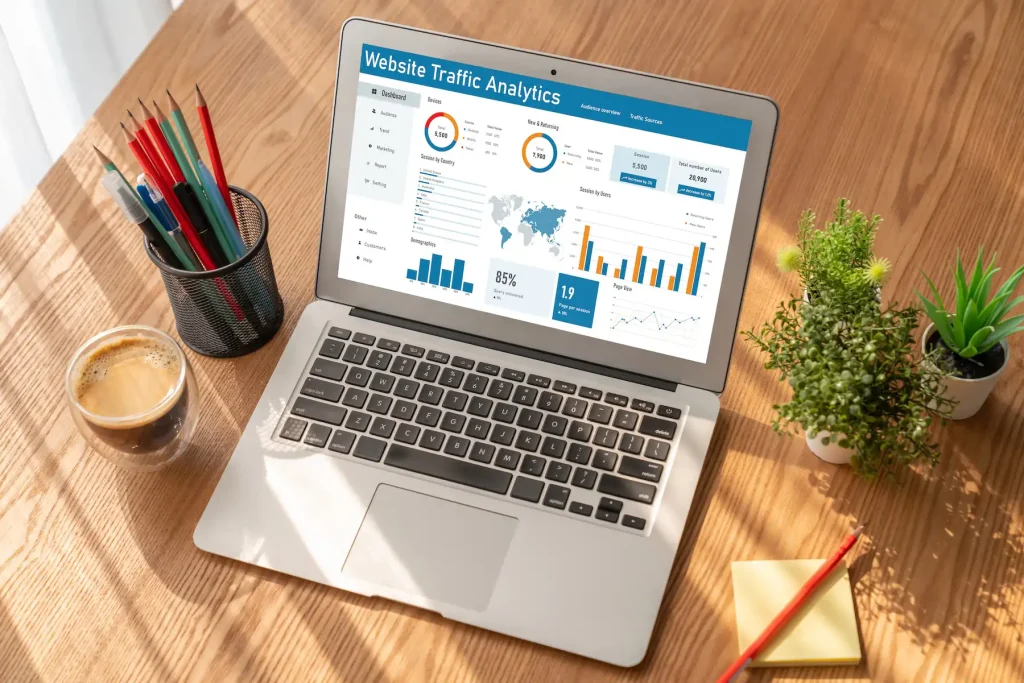Must-Have SEO Tips and Ranking Factors for 2025
Learn the overlooked SEO ranking factors that truly move the needle in 2025—complete with practical steps, data, and real-world examples you can implement this week.
What Are SEO Ranking Factors?
SEO ranking factors are the signals search engines use to order results. Google has confirmed there are many systems and signals at play, and not all are equally weighted. Some matter across all queries, while others are context-dependent.
We can group them into five main buckets:
- Technical: Crawling, indexing, site speed, Core Web Vitals, mobile-friendliness, structured data.
- Content: Relevance, depth, originality, information gain, entity coverage, multimedia.
- UX and Engagement: Ease of use, layout, intrusive interstitials, readability, accessibility.
- Off-page: Links, brand mentions, citations, author reputation.
- Query Intent and Context: Freshness, location, language, personalization cues.
The key is to focus on SEO ranking factors that improve both user experience and search engine understanding.
SEO Ranking Factors You’re Overlooking (and How to Fix Them)
1) Core Web Vitals as a Product Mindset
Core Web Vitals (CWV) impact how users perceive performance. Treat them as part of your product experience, not just a score.
- LCP: Use next-gen formats, priority hints, and reduce render-blocking CSS.
- CLS: Reserve space for media and avoid shifts on interaction.
- INP: Minimize heavy JavaScript and break up long tasks.
2) Crawl Budget and Log File Analysis
Large sites can waste crawl budget on duplicate or low-value URLs.
- Analyze server logs for Googlebot patterns.
- Use canonical tags, noindex, and robots.txt rules.
- Split sitemaps by content type and freshness.
3) Indexing Controls That Stick
Thin utility pages and duplicate archives can dilute quality signals.
- Noindex low-value archives.
- Canonicalize variant pages.
- Remove outdated URLs via GSC.
4) JavaScript Rendering and Hydration Debt
Critical content should be available in initial HTML and render quickly.
- Prefer SSR/SSG for key pages.
- Defer non-critical components.
- Lazy-load below-the-fold content.
5) Information Gain Beats “Me-Too” Content
Google rewards net-new value over generic explanations.
- Add original data, charts, and SME quotes.
- Include decision frameworks and comparisons.
6) Entity Coverage and Topical Completeness
Cover topics thoroughly and link related content internally.
- Create topic maps for each pillar.
- Use FAQ and HowTo schema where relevant.
7) Author Reputation and E-E-A-T
- Add bios with credentials.
- Cite authoritative sources.
- Maintain editorial policy and review process pages.
On-Page SEO Tips You Shouldn’t Skip
8) Intent-Matched Titles
Match search intent to increase CTR and engagement.
9) Header Hierarchy That Mirrors User Questions
Structure content logically with H2/H3 tags.
10) Internal Linking Depth
Pass context and equity by linking from top pages to underperforming assets.
11) Image SEO and Multimedia Accessibility
- Use descriptive file names and alt text.
- Provide transcripts and schema for videos.
12) Structured Data That Matters
Implement relevant schema like Article, FAQ, Product, and Breadcrumbs.
UX and Engagement Signals That Support Rankings
13) Layout That Eliminates Friction
Delay pop-ups, optimize mobile nav, and keep fonts readable.
14) Readability and Scannability
Use short paragraphs, bullet lists, and TL;DR summaries.
Off-Page Factors You Can Influence
15) Link Relevance Over Quantity
Earn fewer but highly relevant in-topic links.
16) Unlinked Brand Mentions
Track and request links where it benefits users.
17) Local and Entity Listings
Maintain consistent NAP citations and complete GBP profiles.
Measurement, Attribution, and Strategy Alignment
18) Map KPIs to Business Impact
Focus on leading indicators tied to revenue.
19) Use Search Console Data
Optimize for low-hanging keyword opportunities from GSC data.
20) Log-File Insights
Fix crawl traps and improve parity between bot and user experiences.
21) Build Post-Update Resilience
Diversify channels beyond organic Google traffic.
Mini Case Studies
- Internal Linking: 38% more traffic by adding contextual links to money pages.
- CWV Upgrade: 19% lower bounce rate by improving LCP.
- Information Gain: Unique data set won a featured snippet and doubled clicks.
SEO Checklist for 2025
- Prioritize high-impact templates for CWV fixes.
- Run quarterly log-file reviews.
- Noindex thin or duplicate archives.
- Enrich content with information gain.
- Implement business-relevant schema.
- Test titles and metas regularly.
Key Misconceptions to Drop
- More content ≠ more traffic.
- DA/DR is not everything; relevance wins.
- CTR is not a direct ranking factor.
- Schema ≠ guaranteed rich results.
Prioritizing with the ICE Model
Use Impact × Confidence × Effort to plan sprints for SEO improvements.
FAQs About SEO Ranking Factors
Is content or technical SEO more important?
Both—technical ensures discoverability, while content drives relevance and conversions.



